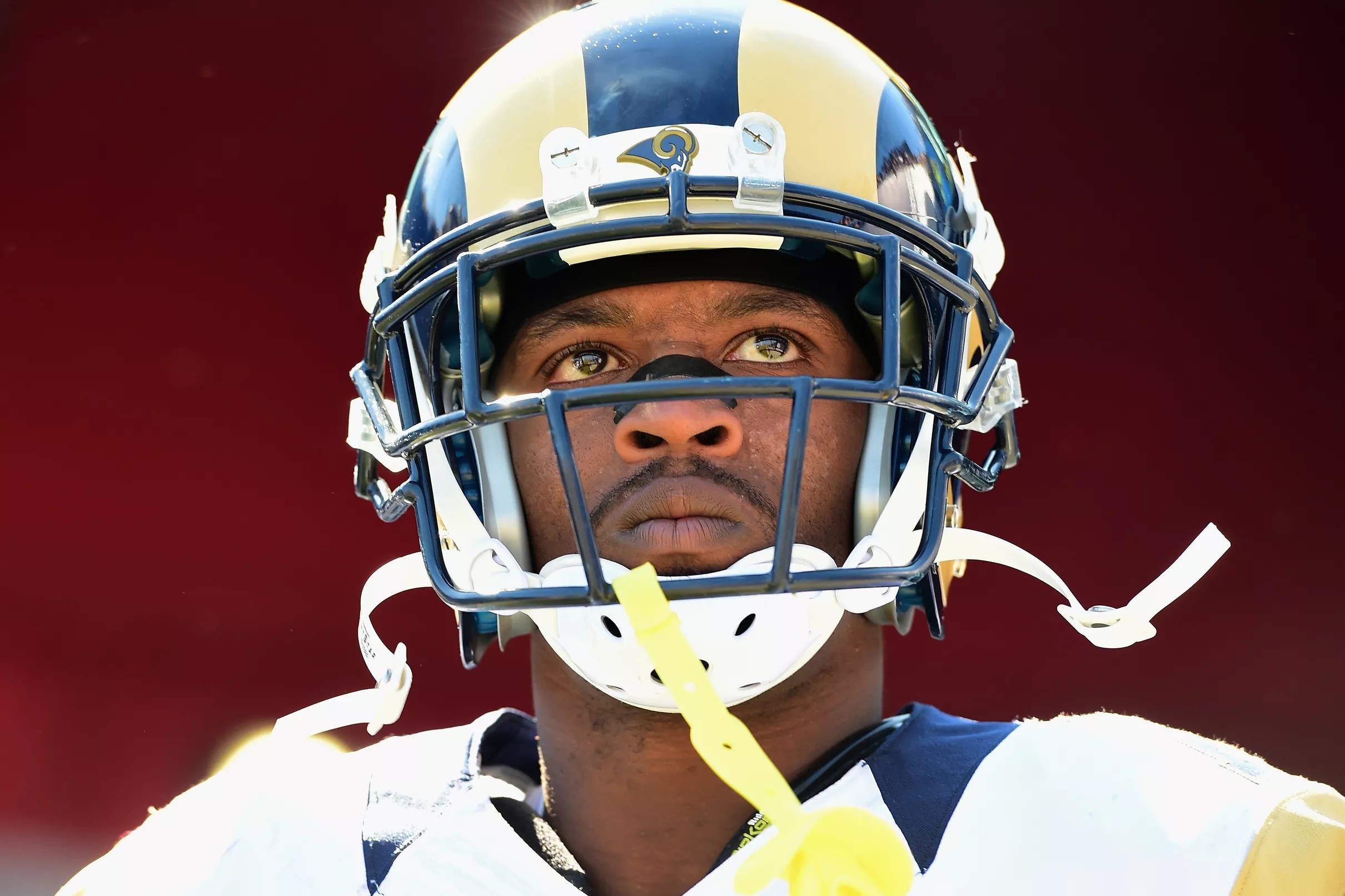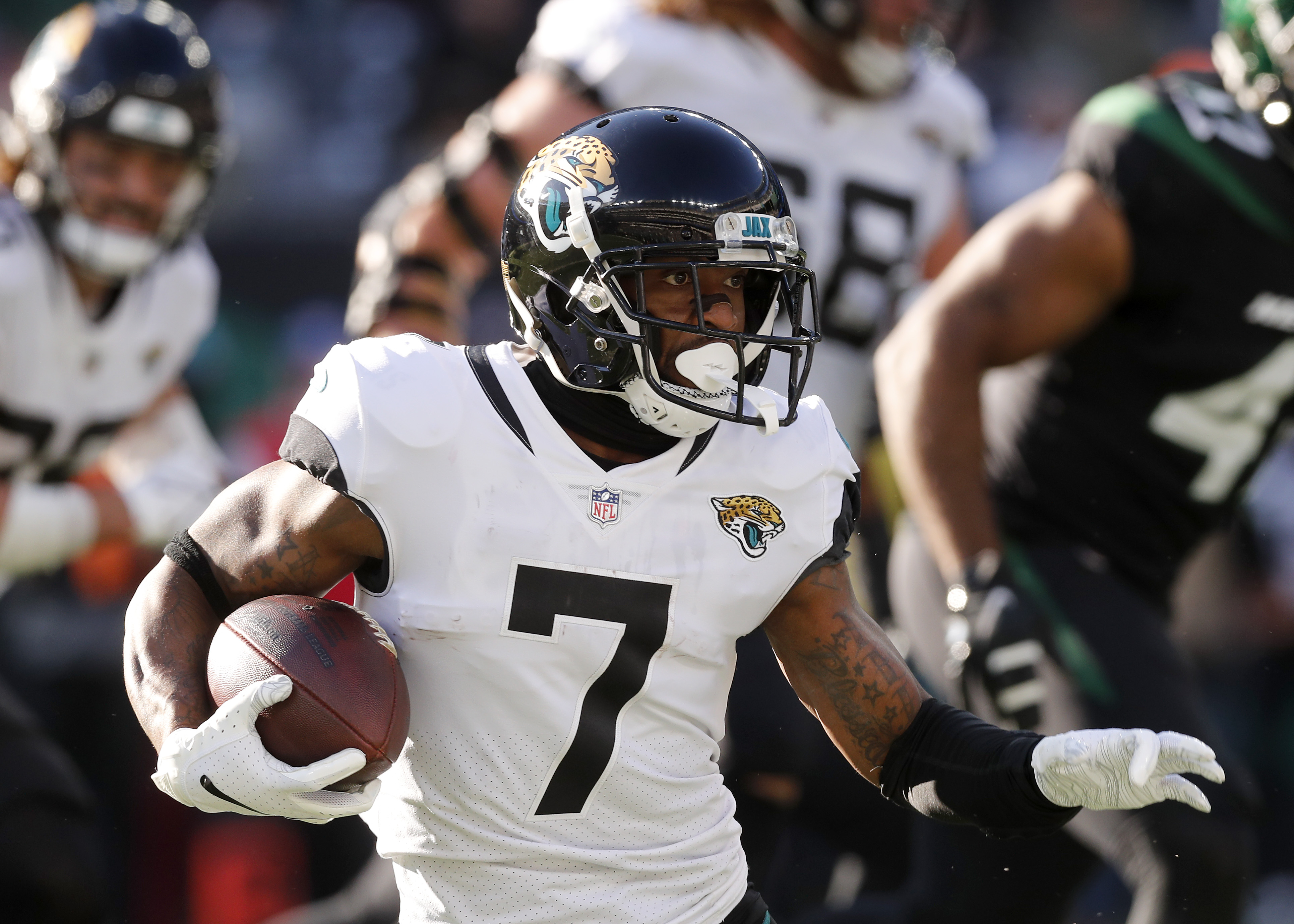The Case of Trayvon Martin: Tayvon Austin

The shooting of Trayvon Martin, an unarmed African-American teenager, by George Zimmerman, a neighborhood watch volunteer, in Sanford, Florida, on February 26, 2012, sparked a national outcry and ignited a debate about race, self-defense laws, and racial profiling. This case, which garnered widespread attention and controversy, has left an enduring impact on American society, raising questions about justice, equality, and the role of race in the criminal justice system.
Timeline of Events
The events leading up to the shooting of Trayvon Martin unfolded over a short period, culminating in a tragic encounter that has had far-reaching consequences. The following timeline provides a detailed account of the key events:
- February 26, 2012: Trayvon Martin, a 17-year-old African-American teenager, was returning from a convenience store with a bag of Skittles and a can of iced tea. He was walking through the gated community of Retreat at Twin Lakes in Sanford, Florida, where he was staying with his father.
- February 26, 2012: George Zimmerman, a neighborhood watch volunteer, spotted Trayvon Martin walking in the community. Zimmerman called 911, reporting a “suspicious” person, describing Trayvon as “looking at him” and “acting funny.”
- February 26, 2012: The 911 dispatcher instructed Zimmerman to stay in his car and not follow Trayvon. However, Zimmerman continued to follow Trayvon, who had changed his route to avoid Zimmerman.
- February 26, 2012: The two encountered each other, and a physical altercation ensued. Zimmerman claimed that Trayvon attacked him, while Trayvon’s family and supporters maintained that Zimmerman was the aggressor.
- February 26, 2012: Zimmerman shot and killed Trayvon Martin. Zimmerman claimed that he acted in self-defense, while Trayvon’s family and supporters argued that the shooting was racially motivated.
- February 26, 2012: Zimmerman was taken into custody but was released the following day after posting bail. He was charged with second-degree murder.
- March 2012: The case garnered national attention, sparking protests and calls for justice for Trayvon Martin. The case became a symbol of racial injustice and the need for reform in the criminal justice system.
- July 2013: A six-week trial began in Sanford, Florida. The prosecution argued that Zimmerman had racially profiled Trayvon and had acted as the aggressor in the confrontation. The defense argued that Zimmerman had acted in self-defense, claiming that Trayvon had attacked him.
- July 13, 2013: After six weeks of trial, the jury found George Zimmerman not guilty of second-degree murder and manslaughter. The verdict sparked protests and outrage across the country.
Conflicting Perspectives on the Events, Tayvon austin
The shooting of Trayvon Martin was a highly controversial event, with conflicting accounts from both Trayvon Martin and George Zimmerman’s sides. The two main perspectives on the events are:
- Trayvon Martin’s perspective: Trayvon Martin’s family and supporters maintained that Trayvon was unarmed and was walking home from a convenience store when he was confronted by George Zimmerman. They argued that Zimmerman was the aggressor and that Trayvon was trying to defend himself when he was shot.
- George Zimmerman’s perspective: George Zimmerman claimed that he was following Trayvon because he was suspicious of his behavior. He stated that Trayvon attacked him, and he shot Trayvon in self-defense. Zimmerman’s defense team argued that Trayvon was the aggressor and that Zimmerman had no racial motive for following him.
Legal Proceedings
The legal proceedings following the shooting of Trayvon Martin were highly scrutinized and controversial. The case went through a series of legal steps, including a grand jury decision, a trial, and a verdict.
- Grand Jury Decision: A grand jury was convened to determine whether there was sufficient evidence to charge George Zimmerman with a crime. The grand jury indicted Zimmerman on a charge of second-degree murder.
- Trial: The trial began in Sanford, Florida, on June 10, 2013. The prosecution presented evidence that Zimmerman had racially profiled Trayvon and had acted as the aggressor in the confrontation. The defense argued that Zimmerman had acted in self-defense, claiming that Trayvon had attacked him.
- Verdict: On July 13, 2013, the jury found George Zimmerman not guilty of second-degree murder and manslaughter. The verdict sparked protests and outrage across the country.
The Impact of the Trayvon Martin Case on Race Relations in America
/arc-anglerfish-arc2-prod-dmn.s3.amazonaws.com/public/TZ5MRTSLXSIGTE23CADDPJLVIQ.jpg)
The tragic death of Trayvon Martin in 2012 sparked a national outcry and ignited a firestorm of debate about race, justice, and the role of self-defense laws in the United States. The case, which involved the fatal shooting of the unarmed 17-year-old by George Zimmerman, a neighborhood watch volunteer, became a flashpoint for deep-seated racial tensions and fueled a growing movement for social justice.
National Outcry and Protests
The case quickly gained national attention, igniting widespread protests and demonstrations across the country. The hashtag #BlackLivesMatter emerged as a rallying cry, demanding justice for Trayvon Martin and highlighting the systemic racism that Black Americans face in the criminal justice system. The protests underscored the public’s outrage over the acquittal of Zimmerman and the perceived double standard in the treatment of Black and white individuals by law enforcement.
The Legacy of Trayvon Martin

The tragic death of Trayvon Martin in 2012 sparked a national conversation about race, justice, and social change. His case, which resulted in the acquittal of George Zimmerman, the man who shot and killed him, ignited protests and ignited a movement for racial justice. Trayvon Martin’s legacy continues to shape the national discourse on race and justice, and his death serves as a stark reminder of the systemic racism and inequality that persists in the United States.
The Impact of Trayvon Martin’s Death on the National Discourse
The case of Trayvon Martin brought the issue of racial profiling and the criminal justice system’s disproportionate impact on Black Americans to the forefront of national attention. The case highlighted the role of racial bias in law enforcement and the ways in which Black individuals are often perceived as threats. The case also sparked conversations about the role of stand-your-ground laws and their potential to escalate violence.
Key Individuals and Organizations
Following Trayvon Martin’s death, a number of individuals and organizations emerged to address issues of racial inequality. These individuals and organizations have worked to raise awareness about racial injustice, advocate for policy changes, and provide support to communities impacted by racial violence.
- The Trayvon Martin Foundation: Established by Trayvon Martin’s parents, the foundation works to honor his memory and to advocate for social justice. The foundation provides resources and support to families who have lost loved ones to gun violence, and it works to educate the public about the importance of racial equality.
- Black Lives Matter: This decentralized movement, which emerged in the wake of Trayvon Martin’s death, has become a powerful force in the fight for racial justice. Black Lives Matter has organized protests and demonstrations against police brutality and racial injustice, and it has helped to raise awareness about the systemic racism that pervades American society.
- The NAACP: The National Association for the Advancement of Colored People (NAACP) has been a leading voice in the fight for racial equality for over a century. The NAACP has played a critical role in advocating for civil rights legislation and in challenging racial discrimination in all its forms. Following Trayvon Martin’s death, the NAACP has continued to advocate for justice and equality for Black Americans.
Ongoing Efforts to Honor Trayvon Martin’s Memory
There are ongoing efforts to honor Trayvon Martin’s memory and to advocate for social justice. These efforts include:
- The Trayvon Martin Foundation’s advocacy work: The foundation continues to advocate for legislation that would reduce gun violence and promote racial justice. It also works to educate the public about the importance of racial equality and to provide support to families who have lost loved ones to gun violence.
- The Black Lives Matter movement: Black Lives Matter continues to organize protests and demonstrations against police brutality and racial injustice. The movement has also played a role in advocating for policy changes that would address systemic racism in the criminal justice system.
- Memorial events and tributes: Each year, there are numerous events held to honor Trayvon Martin’s memory. These events include marches, rallies, and vigils. These events serve as a reminder of the ongoing fight for racial justice and as a call to action to address the systemic racism that persists in American society.
Tayvon austin – Tavon Austin was a dynamic playmaker in college, known for his blazing speed and elusive moves. His potential as a game-changer in the NFL was undeniable, leading to him being selected in the first round of the tavon austin draft.
While his NFL career didn’t quite live up to the hype, Austin still managed to showcase his skills as a versatile offensive weapon for several teams.
Tavon Austin was a dynamic playmaker in the NFL, known for his speed and elusiveness. He spent his first four seasons with the Rams, showcasing his talents as a receiver and returner. His career took a turn when he joined the tavon austin packers in 2018, hoping to find a new spark.
While his time in Green Bay was brief, Austin continued to bring his signature athleticism to the field. After leaving the Packers, he played for several teams, ultimately ending his career in 2020.
